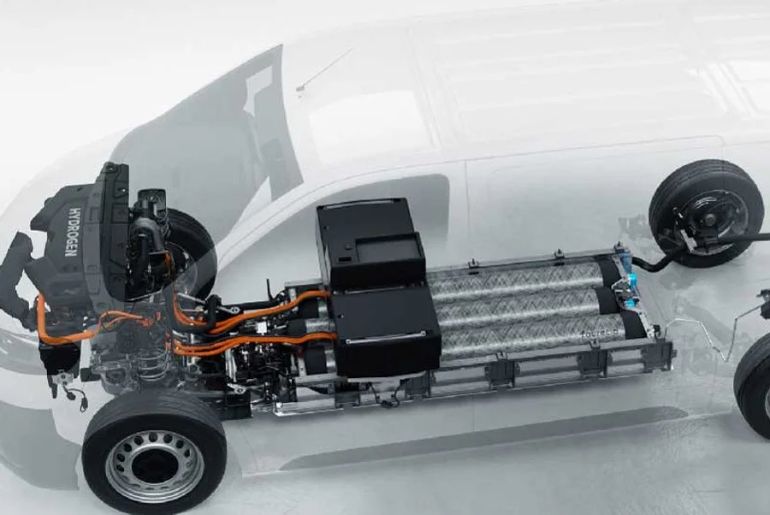The automaker Stellantis, which owns the Jeep, Fiat, Opel, and Peugeot brands, has decided to put a halt to its hydrogen fuel cell project.
According to the company, there are currently no signs of growth in the hydrogen sector.
“As the company mobilises to meet the strict CO₂ restrictions in Europe, Stellantis has made the decision to end its hydrogen fuel cell technology research programme,” according to Jean-Philippe Imparato, Chief Operating Officer for Enlarged Europe.
The market for hydrogen is still a specialised one with no chance of long-term financial viability.
“We must make clear and responsible choices to ensure our competitiveness and meet the expectations of our customers with our electric and hybrid passenger and light commercial vehicles offensive.”
For what reason did Stellantis abandon hydrogen fuel cells?
Stellantis noted that hydrogen refuelling was scarce and required a significant amount of expenditure.
Since Stellantis does not expect the adoption of hydrogen-powered light commercial vehicles before the end of the decade, the business claims that larger consumer incentives are necessary.
According to Stellantis, people working on the project will be diverted to other projects, and this decision will not affect staffing at manufacturing sites.
The effects of Stellantis’ decision on Symbio, Michelin, and FORVIA—the three companies involved in the project—are described in a statement from FORVIA.
According to the report, around 80% of Symbio’s anticipated manufacturing volume came from orders from Stellantis.
“Symbio has scaled its investments, hiring, and development roadmap over the past two years based on Stellantis’ stated needs for the next eight years,” according to FORVIA.
“Symbio will suffer permanent financial and operational repercussions from Stellantis’ decision.” The effects on Symbio’s 50 employees overseas and 590 employees in France are of special concern to FORVIA and Michelin.
How do cars powered by hydrogen fuel cells operate?
With an electric drive system made possible by an electric motor, hydrogen-powered cars function similarly to electric vehicles.
However, hydrogen vehicles store gaseous hydrogen, which is transformed into power onboard, as opposed to EVs, which store electricity in batteries.
When driving, hydrogen-powered cars only release water; they don’t release any of the dangerous gases or other pollutants that come from fossil fuel-powered vehicles.
Unlike electric vehicles that require time to recharge, hydrogen fuel cell electric vehicles (FCEVs) generate their own electricity through a chemical reaction in an onboard fuel cell stack.
One of the main benefits of a hydrogen-powered vehicle is that it can be refuelled in three to four minutes using the same method as a petrol pump.
Which companies continue to make investments in hydrogen?
Both Toyota and BMW are still making investments in and developing hydrogen technology.
At the moment, BMW has a pilot fleet of BMW iX5 vehicles that are not meant for commercial use.
In the latter part of the 2020s, the corporation hopes to deliver a hydrogen-powered vehicle to its clientele.
With a hydrogen-powered vehicle already available to the public, Toyota is ahead of the curve.
It hasn’t become very popular yet, though, because there are only 15 locations in the UK with infrastructure for refuelling hydrogen cars, and it’s hard to find outside of California in the US.

